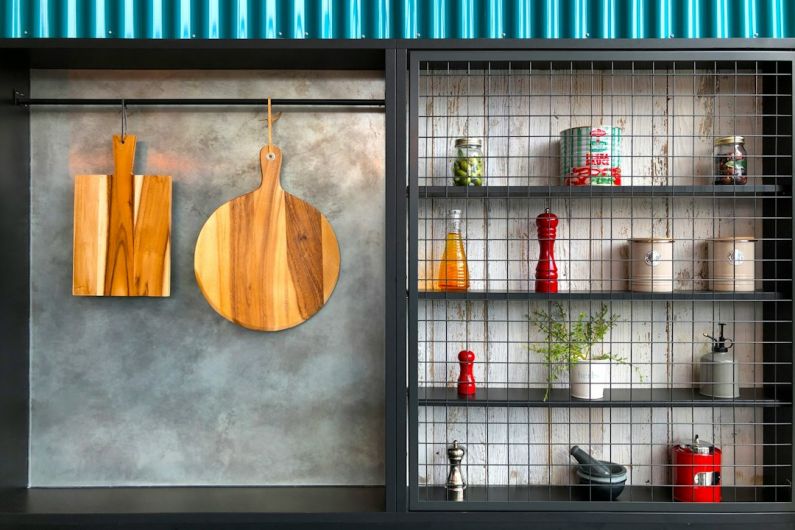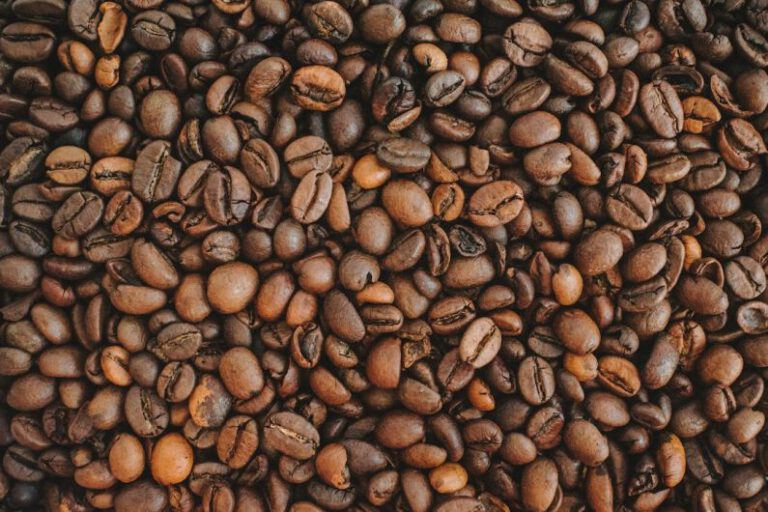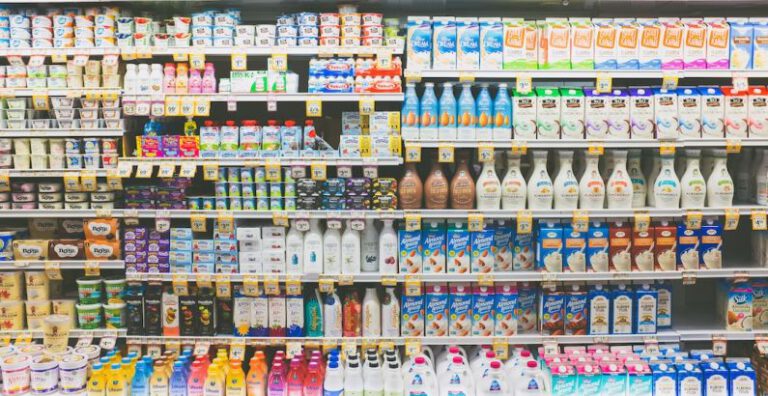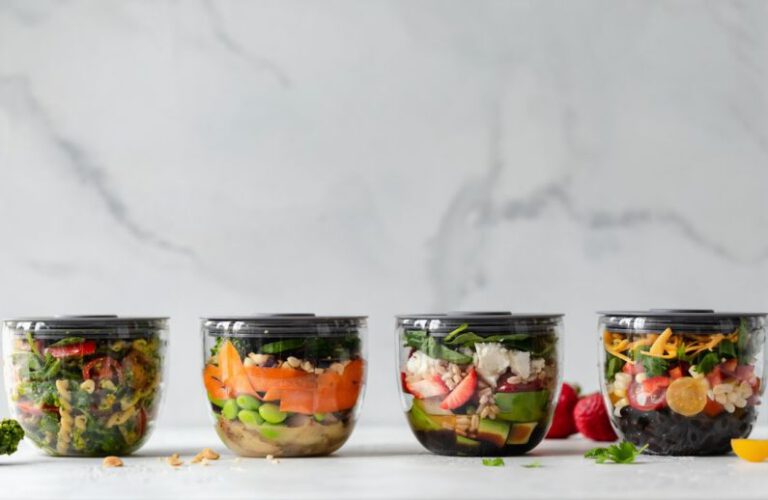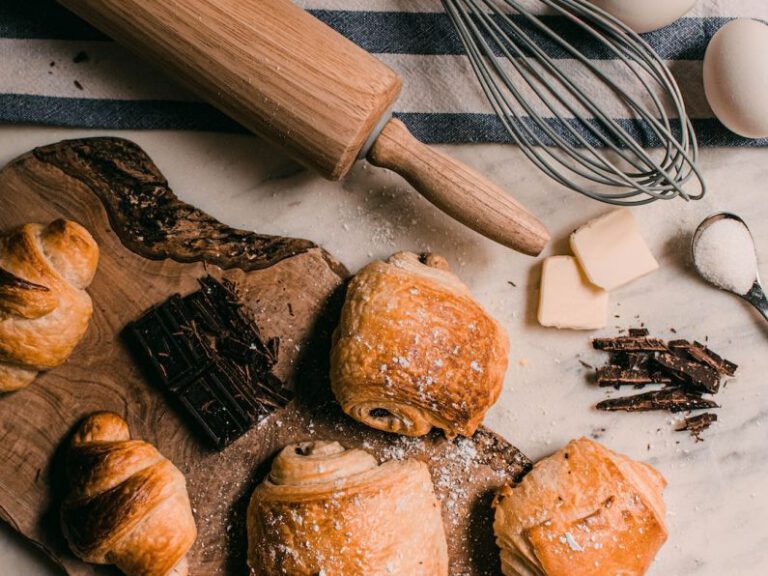Optimizing Your Kitchen Layout for Food Storage
The kitchen is not only a space for cooking and preparing meals, but also a hub for storing food. An efficient kitchen layout is essential for maximizing storage space and keeping your ingredients organized. With the right design, you can easily access everything you need and ensure that your food stays fresh for longer. In this article, we will explore some tips and tricks for optimizing your kitchen layout for food storage.
Maximizing Cabinet Space
One of the keys to an effective kitchen layout is maximizing cabinet space. Start by decluttering and getting rid of any expired or unnecessary items. This will create more room for the items you actually use. Consider installing pull-out shelves or lazy susans, which allow you to easily access items stored in the back of the cabinet. Utilize the vertical space by installing hooks or racks on the inside of cabinet doors for hanging pots, pans, and utensils.
Strategic Placement of Refrigerator
The refrigerator is the heart of any kitchen, and its placement can greatly impact the overall flow and functionality of the space. Ideally, it should be located near the cooking area for easy access. Avoid positioning it next to a heat source, such as a stove or oven, as this can affect its performance.
Organizing Pantry
A well-organized pantry is a game-changer when it comes to food storage. Sort your items by category, such as grains, canned goods, and spices, and label them accordingly. Use clear containers or bins to store smaller items, which not only keeps them organized but also makes it easier to see what you have at a glance. Consider installing adjustable shelving to accommodate items of different heights.
Utilizing Wall Space
Don’t forget about the walls when planning your kitchen layout. Install shelves or racks on empty wall space to store items such as pots, pans, and cooking utensils. Magnetic strips can be used to hold knives or metal spice containers. This not only frees up cabinet space but also adds a decorative element to your kitchen.
Designing an Efficient Work Triangle
The work triangle concept is a fundamental principle in kitchen design, which involves positioning the refrigerator, stove, and sink in a triangular layout. This allows for efficient movement between these three main areas and minimizes unnecessary steps. Keep in mind that the total distance between the three points of the triangle should be between 12 and 26 feet for optimal functionality.
Investing in Proper Storage Containers
Investing in high-quality storage containers can make a world of difference in keeping your food fresh and organized. Opt for airtight containers that help to prevent spoilage and keep pests out. Clear containers are ideal, as they allow you to easily see the contents without having to open them. Stackable containers are also a great space-saving option.
Conclusion: Creating an Efficient Kitchen Layout for Food Storage
An organized kitchen not only saves you time and effort but also helps to reduce food waste. By optimizing your kitchen layout for food storage, you can make the most of your available space and keep your ingredients fresh and easily accessible. Maximize cabinet space, strategically place your refrigerator, organize your pantry, utilize wall space, design an efficient work triangle, and invest in proper storage containers. With these tips in mind, you’ll be well on your way to a functional and efficient kitchen that is a joy to cook in.
